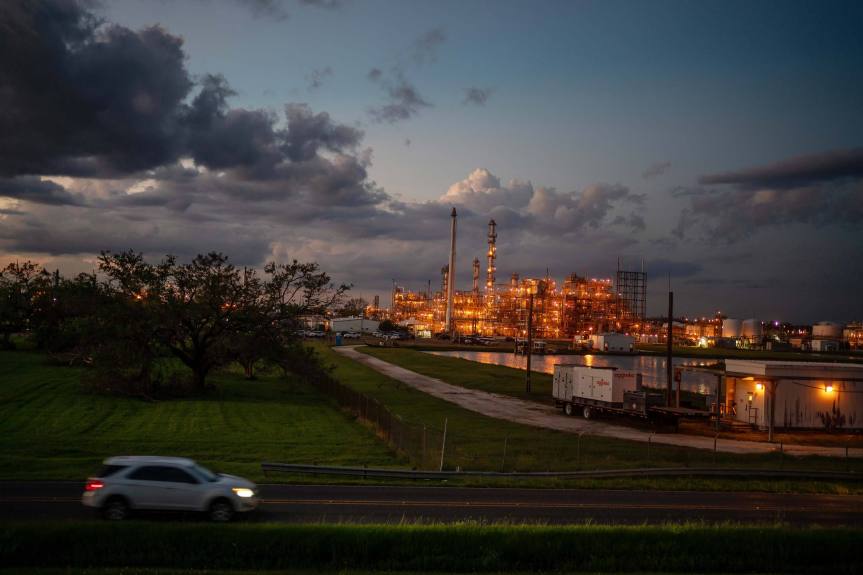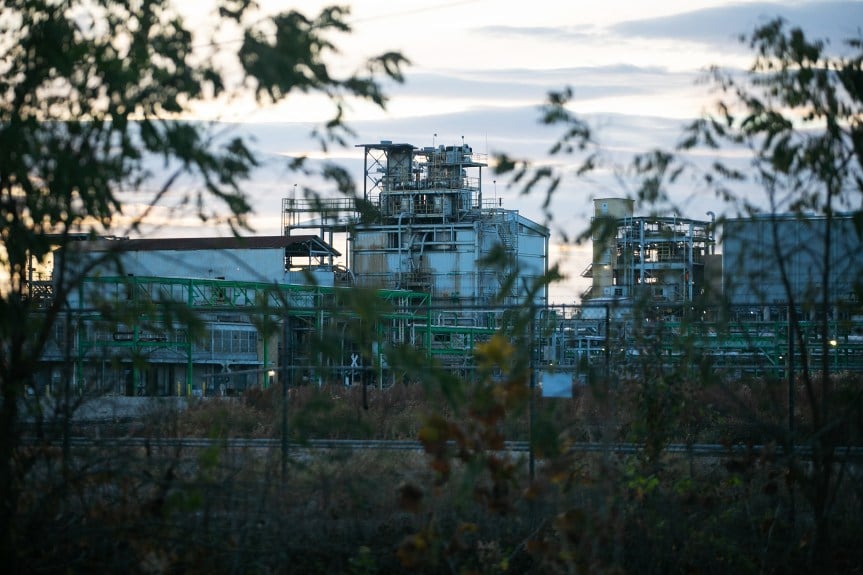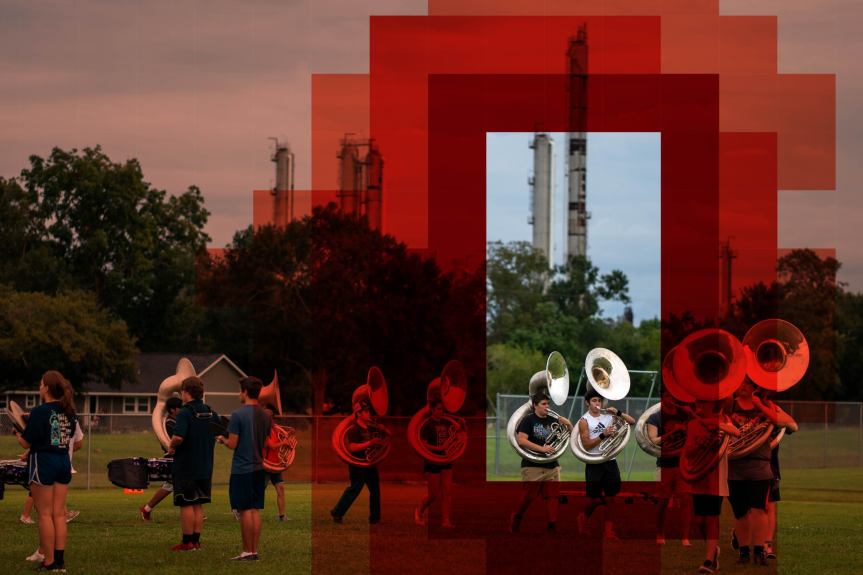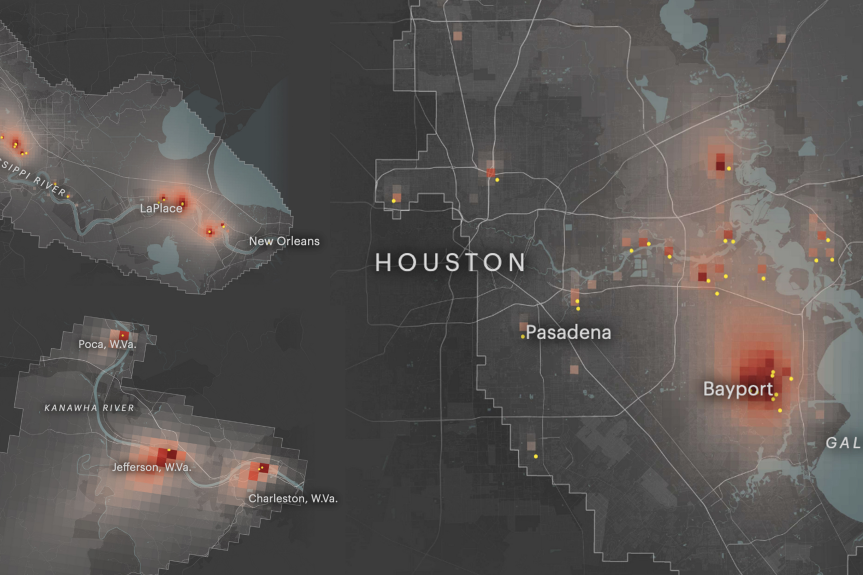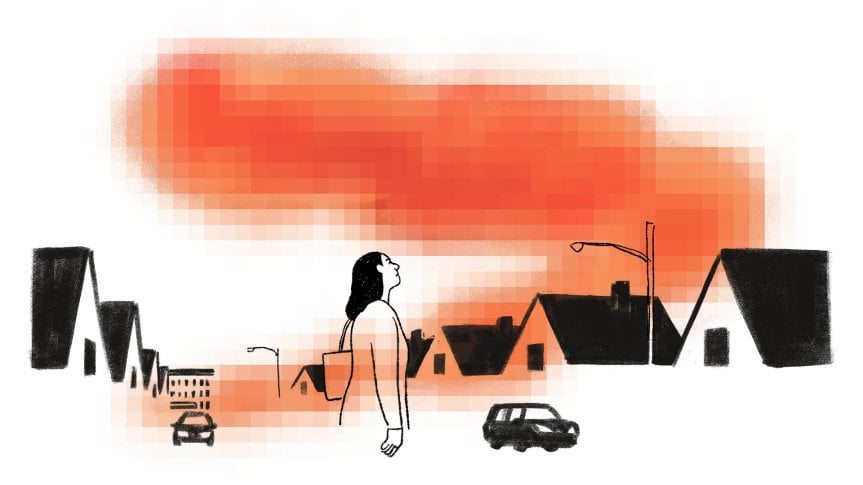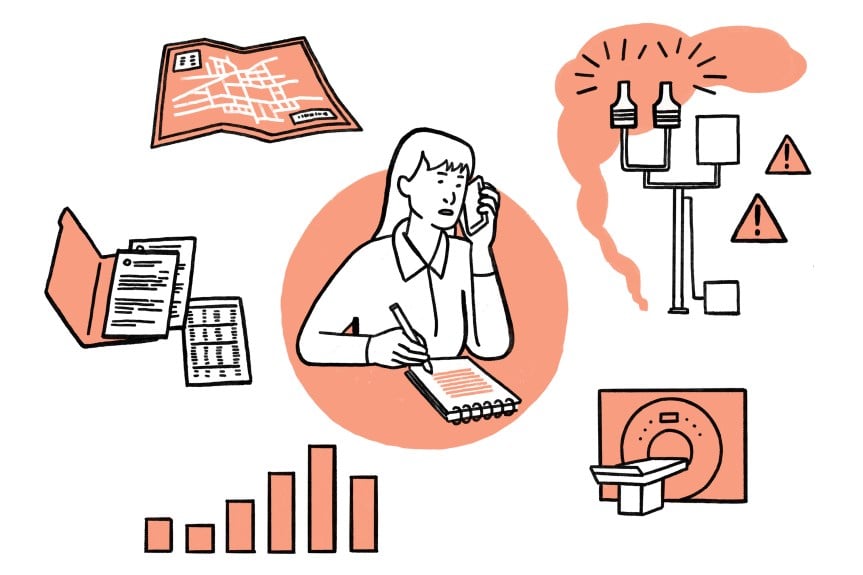Lylla Younes was a reporter and developer on ProPublica’s news apps team. Her work mapping cancer-causing industrial pollution in Louisiana helped lead to the suspension of Formosa Plastic’s permit in St. James Parish and won the 2020 Nina Mason Pulliam Award for Outstanding Environmental Reporting. In 2020, she was part of a team that wrote a peer-reviewed paper linking COVID-19 deaths to air pollution. She has also collaborated with the Oregonian and OPB on a series about how Oregon’s timber industry hollows rural communities. The series won the 2021 John B. Oakes Award for Distinguished Environmental Journalism.
She was previously a data reporter with New York Public Radio (WNYC) and Gothamist.
